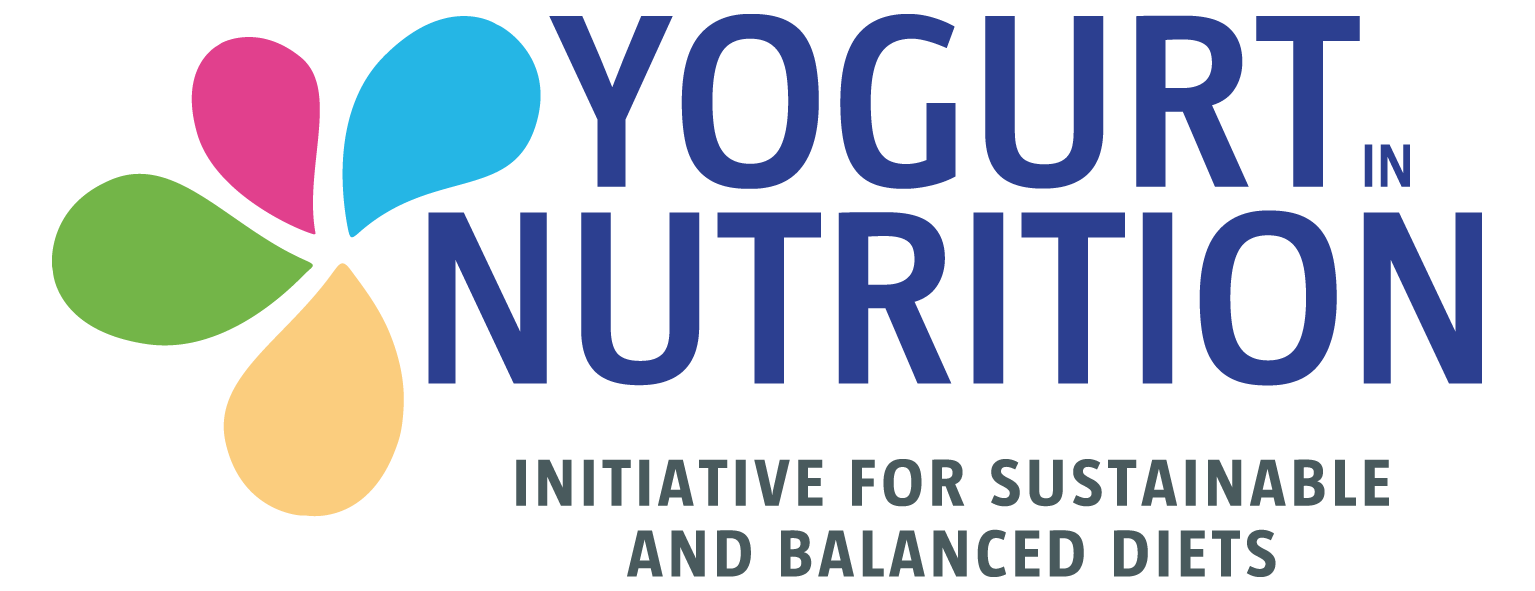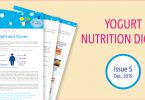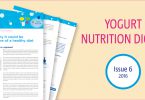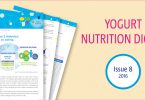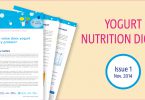The healthy snack, definition and recommendations
There is currently no consensus on the definition of ‘snacking’ and this is reflected in the wide variations in snacking study design. The lack of a clear definition has been repeatedly highlighted as a barrier to evidence-based dietary recommendations for consumers (35). Despite this fact, a healthy snack should:
- Contribute to nutrient intake to help ensure adequacy is obtained
- Allow for variety, which will increase pleasure and help consume a variety of essential nutrients
- Be composed in such a portion size that so that calories, fat, sodium and added sugar are not over-consumed
- Be enjoyed mindfully
- Leave you feeling full and satisfied
- Have a positive physiological effect, e.g. cognitive performance, energy for activity
If planned properly, healthy snacking can help build a nutritious diet!
 Many country-specific recommendations focus on the choice of snacks rather than frequency of consumption (36).
Many country-specific recommendations focus on the choice of snacks rather than frequency of consumption (36).
Snacking or eating frequency is not defined in these recommendations. However, dental-related guidance often recommends limiting the frequency of eating occasions of foods and drinks containing fermentable carbohydrate to 5-6 occasions per day (37).
In Sweden, the recommendation is more specific, with 1-3 snacks advised per day. The UK Food Standards Agency recommends snacks contribute to 20% of daily energy intake in their guidance for institutional meal planning (39).
Food and nutrient needs of individuals vary depending on many individual factors, including age and activity level (40). Therefore the importance of snacking can vary accordingly, which makes it difficult to standardize recommendations.
